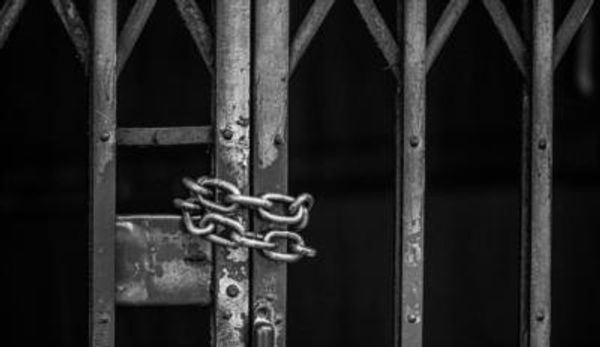
The Tesla Cybertruck all-electric pickup will have a pretty unusual charging inlet location, and in today's post, we will take a while to discuss it.
The vehicle was recently presented at the inaugural Electrified Cars & Coffee at Petersen Automotive Museum in California. It's difficult to say how close to the production version it is - for sure it's more advanced than the initial version.
When unveiled, the Tesla Cybertruck was equipped with a noticeable charging flap behind the rear wheel. The left-rear area is a typical position where Tesla places charging inlets on its electric cars.

However, in the case of Franz von Holzhausen's demonstration vehicle at the recent event, the charging inlet position was different - in the left-rear fender, as we can see in photos and videos provided by Ryan Zohoury (@RyanZohoury / Twitter).
Behind a small flap is a relatively tiny Tesla North American Charging Standard (NACS) charging inlet, known from the Model 3, Model S, Model X and Model Y.
We must admit that a larger charging inlet, like CCS1, would most likely not fit inside or at least it would be difficult.


In the case of the current location, there is a special light for charging status, shaped as a triangle, to remind us of the Cybertruck's shape.
The main question is whether this particular location is a good one. This is a pickup truck after all and some might use it for serious work, while others will go off-road. We are wondering whether the charging flap will constantly get dirty. If you look carefully at the image of the opened flap, you will see some small signs of dirt already.
Because the flap is motorized, one does not have to touch it to open it so that at least partially would neglect the dirt issue.
Another potential issue might be damage, especially in challenging terrain. A third thing to consider is the height. Is it too low to be convenient on a daily basis?
We assume that Tesla intends to install the charging inlet in the fender from a cost perspective. It's probably significantly less expensive to produce a vehicle with a more complex plastic fender, rather than to cut an opening in the stainless steel exoskeleton.
On the Model 3/Model Y, the charging inlet was installed inside the light area so again, probably a location that's easier/cheaper to produce than in the case of body panels. It's similar to the Model S/Model X.
What do you think is the right location for a charging inlet on the Tesla Cybertruck?









